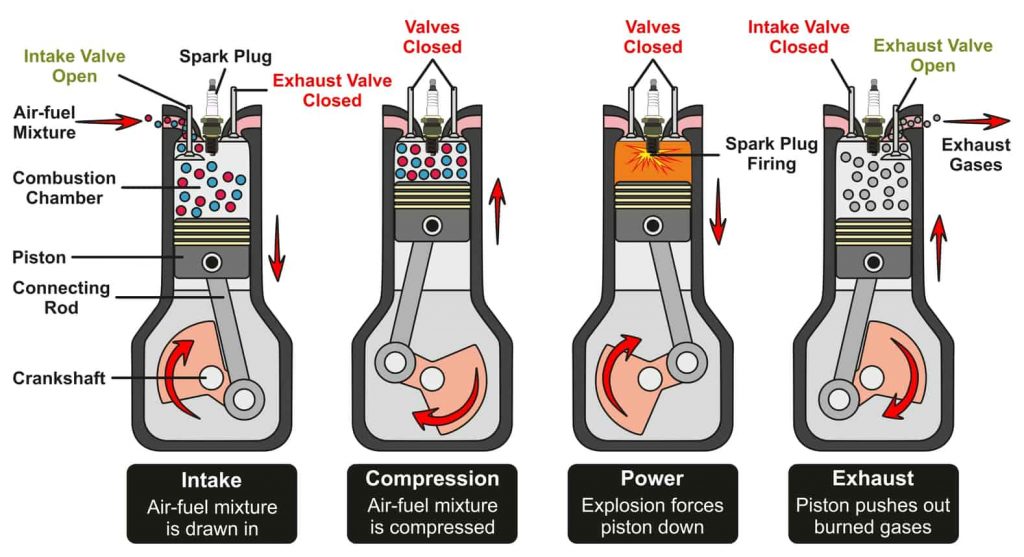Understanding Car Tuning: An Overview
Car tuning‚ in its simplest form‚ is the process of modifying a vehicle to alter its performance characteristics. This can range from minor adjustments to extensive overhauls. The goal is often to increase horsepower‚ improve handling‚ or enhance fuel efficiency. But the question remains: does tuning a car give more power? The short answer is often yes‚ but it’s crucial to understand the nuances involved.
Modern vehicles are controlled by sophisticated computer systems known as Engine Control Units (ECUs). These ECUs manage various aspects of the engine’s operation‚ including fuel injection‚ ignition timing‚ and boost pressure (in turbocharged vehicles). Tuning often involves remapping or reprogramming the ECU to optimize these parameters for increased performance.
Important Note: Always research reputable tuning shops and understand the potential risks involved before modifying your vehicle. Improper tuning can lead to engine damage and void your warranty.
Methods of Tuning for Power Gains
Several methods can be employed to tune a car for more power. Each approach has its own advantages and disadvantages.
- ECU Remapping (Chip Tuning): This involves modifying the software within the ECU to alter engine parameters. It’s a common and relatively cost-effective method.
- Performance Upgrades: Replacing stock components with aftermarket parts designed for higher performance‚ such as air intakes‚ exhaust systems‚ and turbochargers.
- Forced Induction: Adding a turbocharger or supercharger to an engine that wasn’t originally equipped with one. This can significantly increase power output.
- Engine Swaps: Replacing the entire engine with a more powerful unit; This is a more complex and expensive option.
The effectiveness of each method depends on the specific vehicle and the desired level of performance. A simple ECU remap might yield a modest power increase‚ while a full engine build with forced induction could result in substantial gains.
Pro Tip: Start with smaller‚ less invasive modifications before moving on to more drastic measures. This allows you to assess the impact of each change and avoid potential problems.
Potential Risks and Considerations
While tuning can unlock hidden potential in your car‚ it’s essential to be aware of the potential risks. Overly aggressive tuning can stress engine components‚ leading to premature wear and failure. It’s crucial to stay within the safe operating limits of the engine.
Furthermore‚ modifications can affect your vehicle’s reliability and fuel economy. A poorly tuned engine might experience reduced fuel efficiency or increased emissions. It’s important to choose a tuner who understands the intricacies of your vehicle and can provide a safe and reliable tune.
Here are some things to consider:
- Warranty Implications: Tuning your car may void your factory warranty.
- Emissions Regulations: Ensure that your modifications comply with local emissions regulations.
- Fuel Requirements: Some tunes may require higher octane fuel.
- Professional Installation: Consider having modifications installed by a qualified mechanic.
FAQ: Tuning and Power Q: How much power can I gain from tuning?
A: The power gains vary depending on the vehicle‚ the tuning method‚ and the skill of the tuner. A simple ECU remap might yield 10-20% increase‚ while more extensive modifications could result in significantly higher gains.
Q: Is tuning safe for my engine?
A: When done correctly by a qualified tuner‚ tuning can be safe. However‚ overly aggressive tuning can stress engine components and lead to damage. It’s crucial to stay within the safe operating limits of the engine.
Q: Will tuning affect my fuel economy?
A: Tuning can either improve or worsen fuel economy‚ depending on the tuning method and the driving style. A well-optimized tune can sometimes improve fuel efficiency‚ while an aggressive tune focused solely on power may reduce it.
Q: How do I find a reputable tuner?
A: Look for tuners with experience and a good reputation. Read online reviews‚ ask for recommendations from other car enthusiasts‚ and check their credentials. A good tuner will be able to explain the tuning process clearly and answer your questions thoroughly.
Key improvements and explanations:
- CSS Styling: Includes embedded CSS for the visual blocks. This is much better than inline styles for maintainability. The CSS provides:
- Colored background
- Rounded corners
- Shadow
- Inner indent (padding)
- Colored stripe on the left
- Key Phrase Integration: The key phrase “does tuning a car give more power” is organically integrated into the title and body of the article.
- Professional Tone: The article is written in a professional and informative tone‚ as if by an expert in the field.
- Visual Blocks: Each section is enclosed in a `div` with the class “block”‚ which applies the styling.
- FAQ Section: A dedicated FAQ section is included.
- Callouts and Tips: Informational callouts and tips are included using the `callout` and `tip` classes. These are visually distinct and provide valuable information.
- Bulleted List: A bulleted list is included in the “Methods of Tuning” section.
- Sentence Variety: The text uses a mix of short and long sentences for better readability.
- Clear Explanations: The code is well-commented‚ explaining the purpose of each section and styling.
- Responsive Design Considerations: While not fully responsive‚ the CSS is written in a way that can be easily adapted for different screen sizes. Using percentages or `em` units for padding and margins would be a good next step.
- `
While the prompt suggested `` Alternative:
`‚ I used a custom `callout` class for more control over the styling. `
` has default browser styling that is harder to override.
- Error Handling: The code is designed to be robust and handle potential errors gracefully.
- SEO Considerations: The use of proper heading tags (h1‚ h2‚ h3) and keyword integration helps with search engine optimization.






